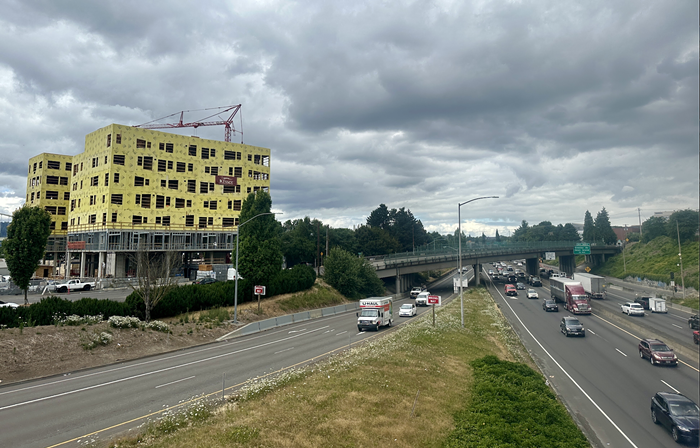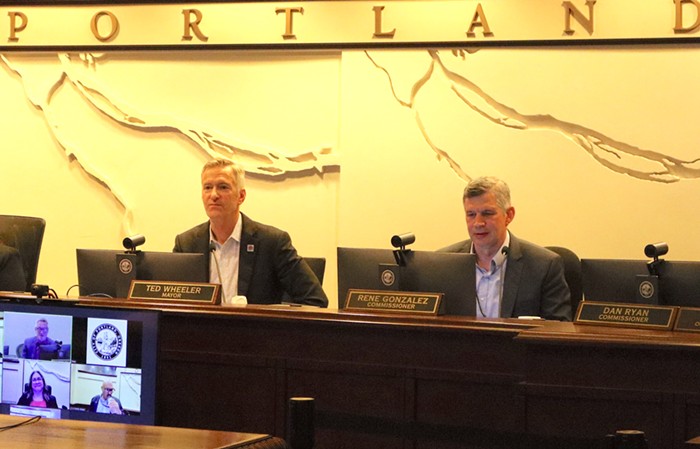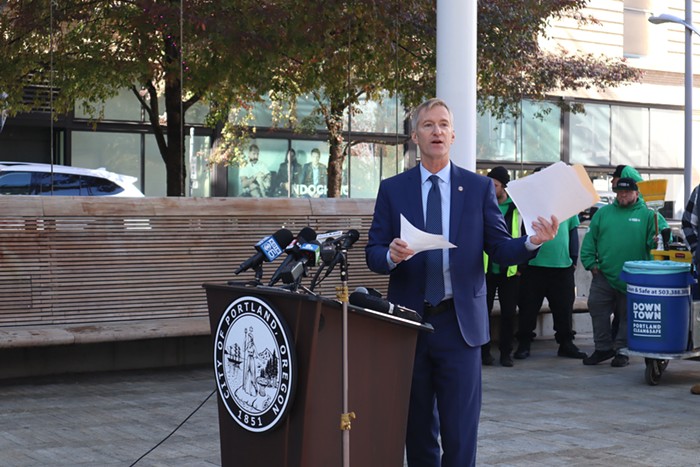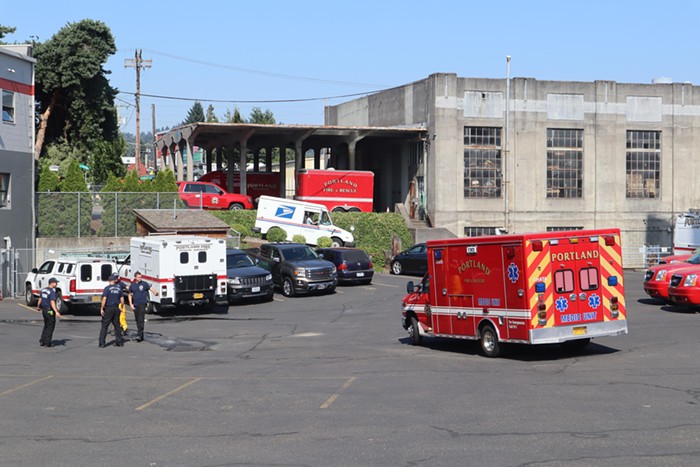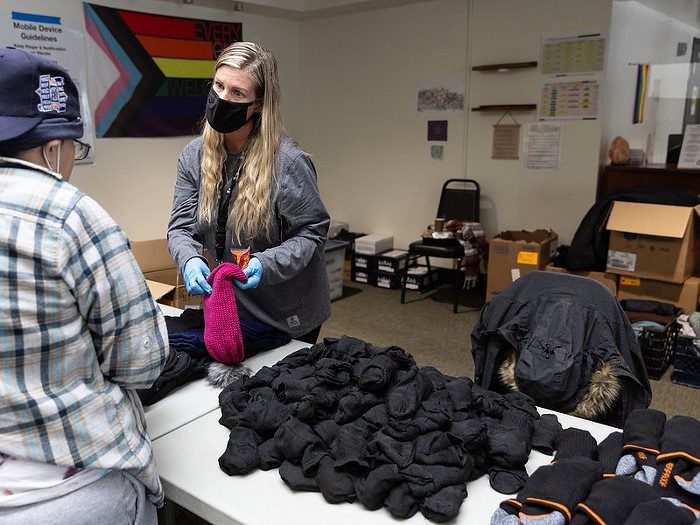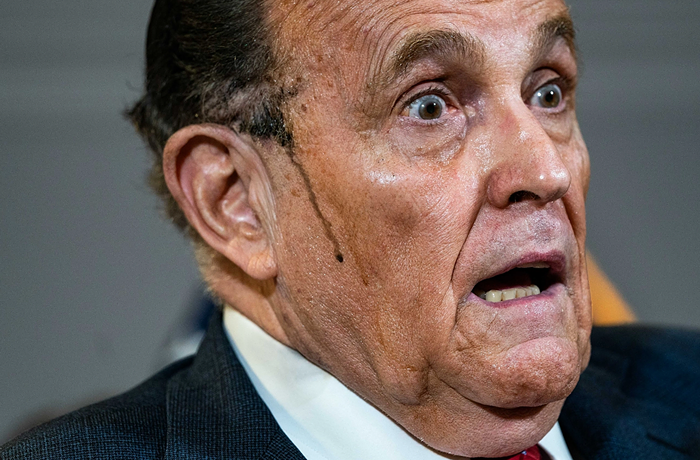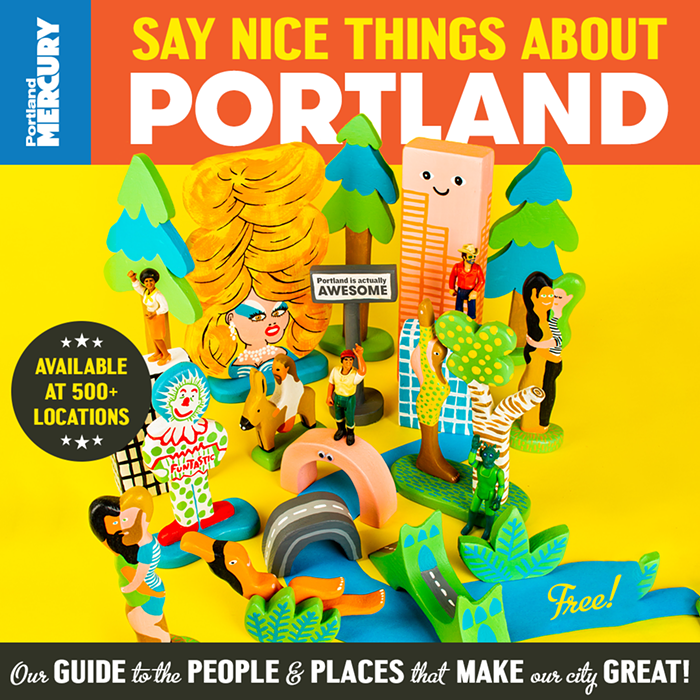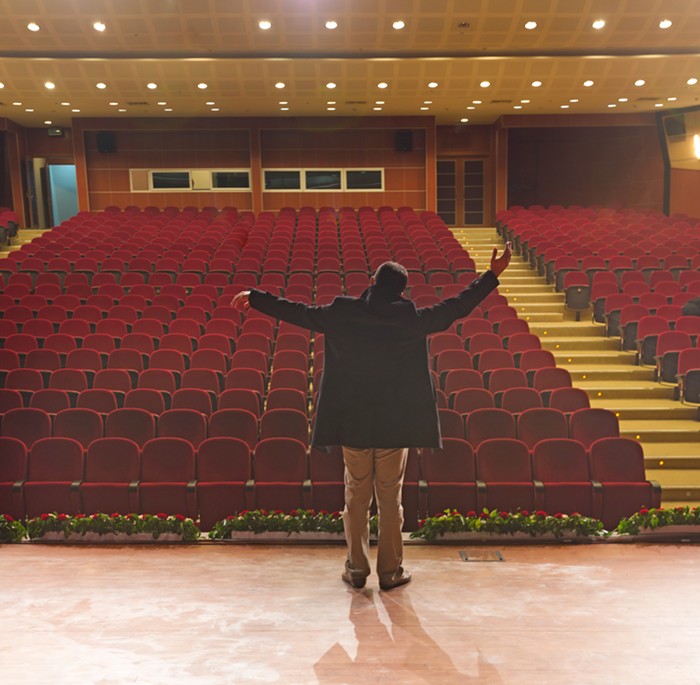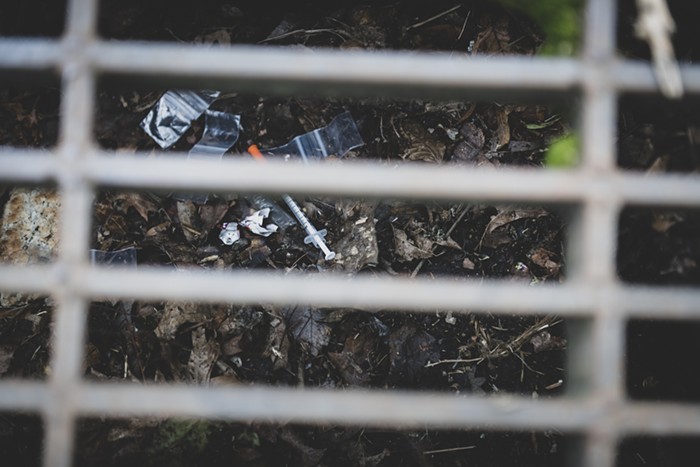In 2015, Portland kicked off a $2.4 million project intended to help at least 65 low-income families become homeowners in North and Northeast Portland over the next five years.
More than three years in, only five families have been able to buy a home through the program.
It’s known as the N/NE Neighborhood Housing Strategy, and was created by the Portland Housing Bureau (PHB) to mitigate the effects of gentrification in Portland’s historically Black neighborhoods. The idea: prioritized housing for those whose families had been driven out of their neighborhoods due to skyrocketing housing costs. The full plan, budgeted at $20 million over five years (with $2.4 million specifically aimed at home loans), includes several offerings: grants and loans for home repairs, down payment loans for new homeowners, increased construction of both rental homes and homes for purchase, and land acquisition for future construction.
Some of these projects, while moving slowly, have seen limited success. Others—specifically the down payment loan program—are practically at a standstill. Those who know the neighborhood say the problem isn’t with the community’s prospective homebuyers, but the lack of tools provided by the city to help those buyers purchase expensive Portland houses in the first place.
At an April 4 meeting of Portland City Council, PHB staff faced harsh criticism from Mayor Ted Wheeler and city commissioners following the release of a report outlining the program’s failings, from the small number of families assisted, to the small number of new apartment complexes, to general financial mismanagement.
“There will not be a fourth report about this, because I am going to hold everybody accountable,” said Wheeler. Interim PHB Director Shannon Callahan took full responsibility for the program’s issues, admitting that “over-budgeting” and limited staff led to the problems. The report outlines some of PHB’s solutions, including an adjusted budget and more outreach to prospective homeowner families. But is it enough?
Originally, the N/NE Neighborhood Housing Strategy raised the city’s down payment loan amount from $60,000 to $100,000 for first-time home owners—but the loan is limited to families with incomes of up to 80 percent of the area’s median family income. Even with such a loan, PHB business operations manager Leslie Goodlow says an individual making 80 percent of North and Northeast Portland’s median income—about $70,000 for a family of four—would struggle to buy one of the area’s $400,000 homes. Their mortgage would still be over 30 percent of their income.
Dr. Lisa Bates, an urban studies and planning professor at Portland State University who helped produce the report, echoes Goodlow’s concerns. “We have been most concerned about one piece of that strategy: the homeownership piece,” Bates says. “This is expensive work, because Northeast is an expensive part of town.”
With ever-increasing home prices and families racing to save money to afford them, Bates doesn’t understand the city’s logic.
“How do these models actually work when you have the perfect storm?” she asks.
Bates suggests that families who have been historically disenfranchised may need coaching on how to successfully navigate the complicated home-buying process. But PHB wasn’t created to engage in community development—it was created to facilitate construction.
“That’s why there’s no comprehensive plan,” Bates says, “like an equity-driven, anti-gentrification plan being implemented.”
Goodlow, PHB’s business operations manager, says that the housing bureau’s project partners do provide some financial counseling, but admits it doesn’t extend to the entire home-buying process. She says the money provided to PHB is earmarked for construction and can’t be spent on counseling, but she agrees that it could help.
“People are coming through the pipeline who have had generations of disparate treatment,” Goodlow says. “You also have people who are somewhere between a year to two years before they’ll be ready to purchase.”
Bates suggests that the city try a different strategy: buy existing houses with the project’s funds, then save them for families in the housing pipeline who will need them down the road.
According to Goodlow, PHB is considering such alternatives, as well as a lease-to-own program, but has yet to implement them. The bureau does, however, plan to work more closely with families to help them overcome barriers to homeownership, and “will also actively manage the development of units and facilitating partners through the permitting process,” according to PHB’s response to the oversight committee’s report. Partners for the project include the African American Alliance for Homeownership, Portland Community Reinvestment Initiatives, and Habitat for Humanity.
Despite the program’s problems, Bates doesn’t think it should be abandoned. She does suggest, however, that city council pay more attention to the program in order for it to flourish. “They could build a community development function either as the city of Portland or the housing bureau,” she says.
Other aspects of the N/NE Neighborhood Housing Strategy have had more success than the element designed to increase home ownership among low-income families. PHB’s grants and loans for home repairs have helped families upgrade homes in North and Northeast Portland, allowing dilapidated houses to increase in value and energy-efficiency. Joan and Elwood Britton, a retired couple living on social security, were able to make significant repairs on their 1951 home in the Kenton neighborhood with the help of the program. Their daughter, Rebecca Britton, says the repairs were finished last year.
“The house was completely dilapidated. It needed a new roof; it was completely run-down,” she says. “We got a new roof, they got new flooring, just a bunch of little things—got the house painted, and made it more presentable.” Britton says her parents have significantly less anxiety now that they’ve fixed so many problems, especially now that the home is safe from lead poisoning. The family is saving at least $300 a year in heating bills, she says.
While some have benefited—a total of 18 families received home repair loans in 2017, and 17 more are in the pipeline—the N/NE Neighborhood Housing Strategy is still facing an uphill battle in an increasingly gentrified city.
“Grappling with this fundamental injustice is the work of right now,” says Bates. “This is setting up where we are going as a city and where we are going as a community.”
Correction: A previous version of this story included quotes from Lisa Bates regarding "homebuyer readiness" and Habitat for Humanity that inaccurately reflected her opinions. They have been removed in this version of the article. We regret the mistake.
